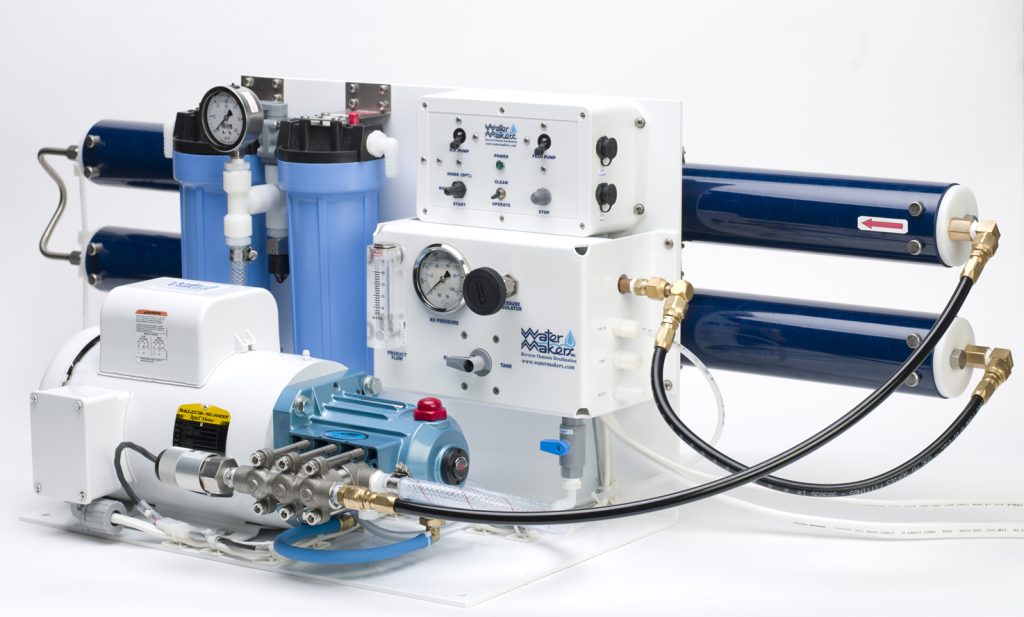Noisy watermakers can be an annoying problem that affects many households. The noise is usually caused by the motorized pump, which generates water pressure and forces it through a filter membrane. This process produces cleaner drinking water but also creates loud noises that make living with a noisy watermaker difficult. To reduce or eliminate the noise from your noisy watermaker, there are a few steps you can take. First, check the connections and make sure they are secure and tight. Loose connections can cause vibrations that create more noise.
Additionally, you may want to install soundproofing material around your watermaker to help reduce the noise levels. Finally, if all else fails, consider purchasing a quieter model of watermaker. By taking these steps, you can reduce the annoying noises from your noisy watermaker and enjoy a more peaceful environment.
Watermaker’s systems are truly quiet because the pump is hydraulically driven; it has slow-moving, quiet parts that cause minimal vibration. Compare the cycle rate of the pump at 4 – 8 cycles per minute, compared to the high-pressure pumps used by our competitors at 1,800 – 3,600 revolutions per minute. Conventional watermakers can operate anywhere from 78 – 85+ decibels, while reverse osmosis desalination Watermaker’s systems are typically a full 10 db or lower!





